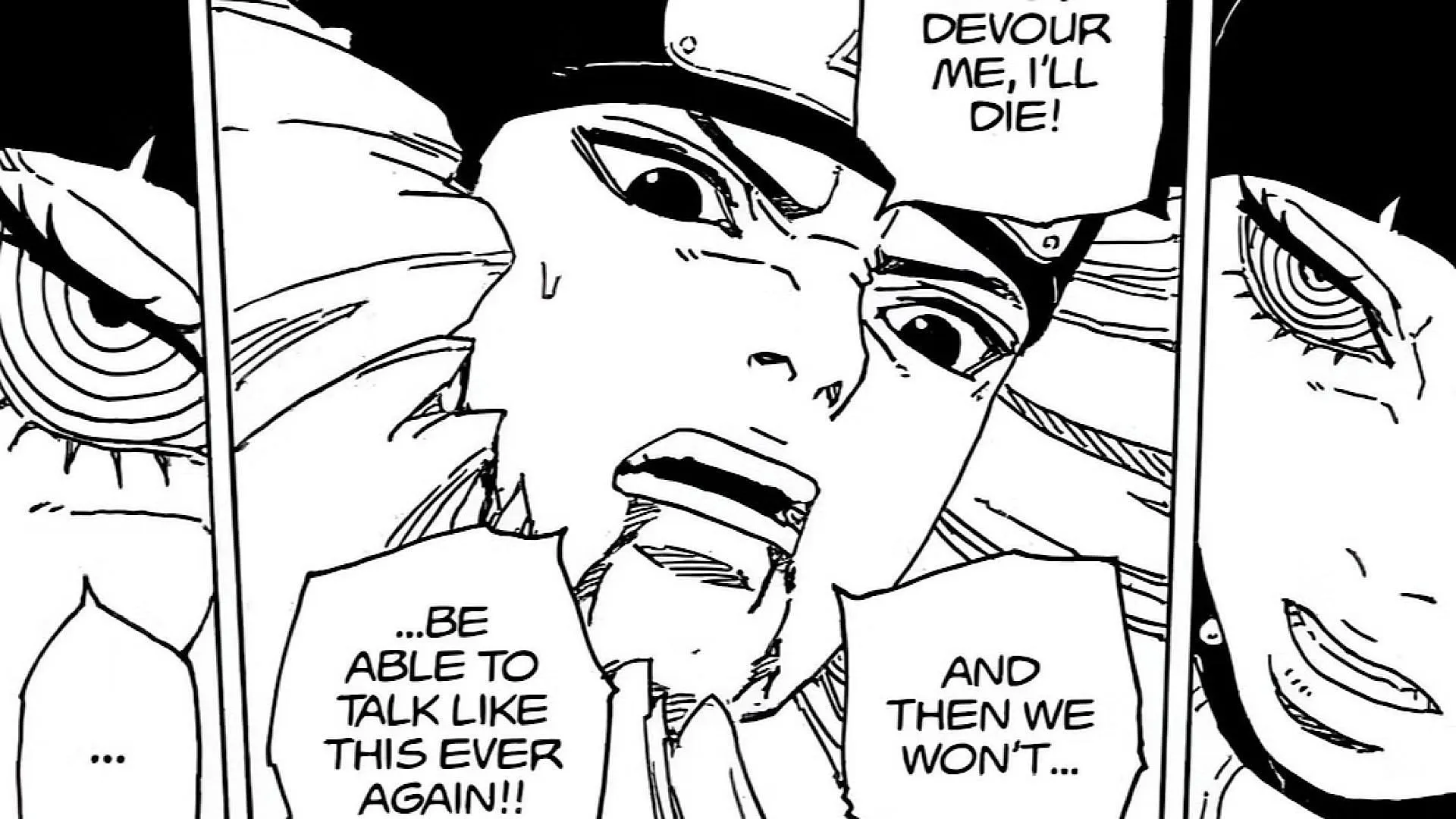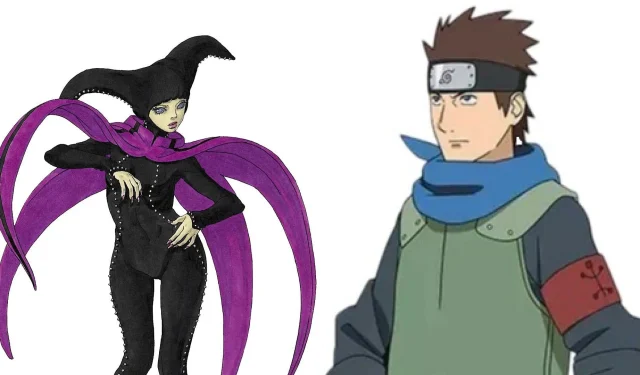Boruto: Two Blue Vortex has recently unveiled a captivating new chapter, and fans around the globe are brimming with enthusiasm. Reactions to the latest installments have flooded social media, with many expressing their thoughts on the intense battles depicted in Chapter 20. Among the highlights, readers particularly commend Sarada’s compelling use of her Mangekyo Sharingan, showcasing abilities that, although not fully revealed, demonstrated her skills by repelling Ryu’s sand.
Conversely, some elements of the chapter—especially those involving Matsuri and Konohamaru—have drawn widespread criticism. Many fans are frustrated with Konohamaru’s actions during the ongoing Sunagakure arc, and the recent chapter seems to have compounded these feelings.
Interestingly, a faction of the audience applauds Konohamaru, suggesting that his hesitation to eliminate Matsuri signifies a deeper thematic struggle between desire and necessity—an ongoing motif throughout the Boruto saga. Let’s delve into why this conflict between Konohamaru and Matsuri stands out as one of the most compelling aspects of Boruto: Two Blue Vortex.
Disclaimer: This article reflects the author’s opinion and may contain spoilers.
The Intricacies of Konohamaru’s Struggle with Matsuri

The backlash against Konohamaru primarily stems from his blatant disregard for commands. Tasked with befriending the Shinju, he faltered over what seemed to be a trivial issue—a name. However, in Chapter 20, he attempts redemption by luring Matsuri into a false sense of security, ultimately gearing up for a counterstrike when she least expects it.
Though some viewers deem Konohamaru’s actions foolish, they illuminate a fundamental conflict that all ninjas face: the clash between personal ideals and the overarching good. Konohamaru embodies a ‘Boy Scout’ ethos, steadfast in his principles. The challenge arises when he is instructed to feign friendliness towards the Shinju, resulting in a profound internal struggle. Although he creates an opportunity to attack Matsuri, his inherent morality prevails, causing him to spare her life.

This battle, as illustrated by Ikemoto, prompts a reevaluation of the ninja ethos. If loyalty and interconnectedness are at the core of ninja philosophy, why does the narrative often indulge in violence and treachery? Previous arcs in Naruto Shippuden exemplify this brutal reality, with characters like Itachi and Zabuza committing heinous acts for the sake of peace.
While Itachi’s and Zabuza’s lives illustrate the darker undertones of the ninja existence, their motivations stem from a desire to achieve harmony, rather than malevolence. In striking contrast, characters who adhere strictly to their ideals—like Sakumo, who faced derision and ultimately a tragic fate for prioritizing his comrades over missions—are heavily criticized.
Ikemoto subtly transforms the audience into the critical peers, questioning Konohamaru’s decisions and vocalizing disdain when he refuses to demote the Shinju to mere adversaries devoid of humanity.
Concluding Insights
The confrontation between Konohamaru and Matsuri also unveils a previously uncharted aspect of the Shinju. They are portrayed not simply as savage beings driven by hunger but as entities with emotions, which Jura can perceive and experience. This depth enriches the narrative, allowing for a more nuanced understanding of their characters and motivations.
For a deeper dive into this conflict, including fan theories and character analyses, check out the source.


